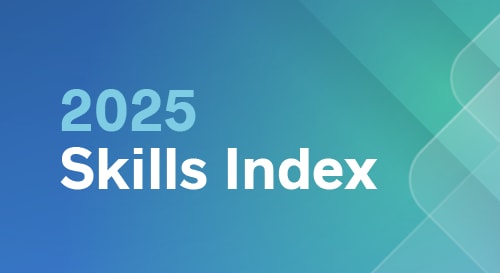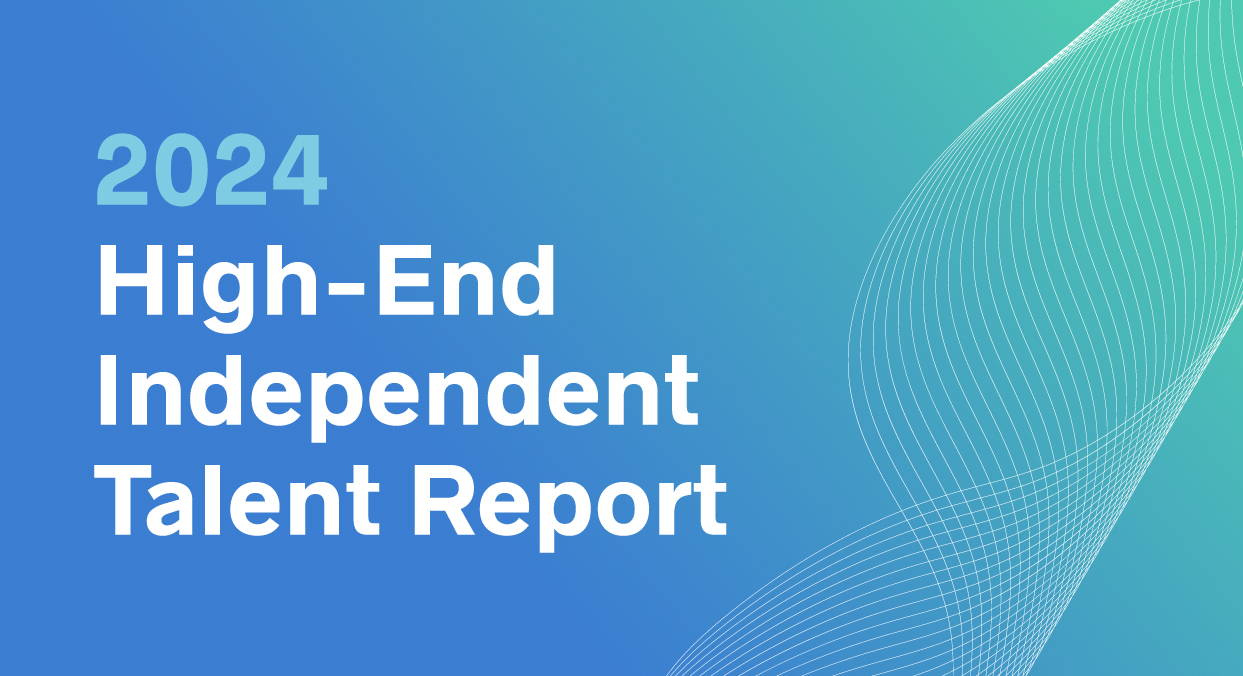
The independent workforce has significantly outpaced traditional employment growth over the last seven years, at 31% vs. 14%, respectively. This alone says a great deal about how the business landscape is changing―but if we look closer, we also start to see why.
Within the broader independent population is a quietly but rapidly growing segment: high earners. Swelling by 70% between 2011 and 2018, high-earning independents are evidence that there’s more to the freelance boom than just low overhead and flexible schedules.
These numbers come from a recent brief by MBO Partners, a professional staffing firm that’s been tracking the volume and defining characteristics of the independent worker population since 2011. The report identifies three primary drivers for the high-earning segment’s explosive growth:
- A strong U.S. economy
- The increasing integration of freelance talent
- The appeal of an independent lifestyle
Lifestyle factors often come up during discussions about why more and more individuals are drawn to freelance work. The first two drivers, on the other hand, grant insight into what’s motivating businesses to tap external resources on an increasingly frequent basis. Let’s take a closer look.
A strong U.S. economy
When the economy is strong, so, too, is the push for growth. Though the country has enjoyed more than 100 straight months of employment growth since 2009, the MBO Partners report notes that during that time, significant talent gaps have emerged in high-demand fields such as biotech, IT, and marketing.
This trend is similarly reflected in a report released earlier this year by the Korn Ferry Institute, which found that we are headed toward what could be a global talent shortage of more than 85 million people by the year 2030. Baby Boomers are retiring in numbers that surpass current birth rates, and technology is changing more rapidly than current training programs can accommodate.
Human resources departments are already feeling the squeeze, reporting ongoing difficulty hiring full-time candidates for highly skilled and in-demand positions. Recent research by the Society for Human Resource Management (SHRM) shows where hiring challenges are particularly persistent. HR respondents said these roles continue to be “very difficult” or “somewhat difficult” to fill with full-time professionals:
- Executives (64%)
- Information Technology (65%)
- Engineering and Architecture (72%)
The most proactive businesses are addressing this issue by developing a culture of continuous learning, “upskilling” existing resources to meet current and future needs. But the long-term nature of this approach begs the support of an immediate solution as well.
As a result, many companies are turning to the independent workforce for highly skilled talent that can fill critical gaps―and they’re willing to pay handsomely for it. MBO reports that today, “3.3 million independent workers earn more than $100,000 annually.”
The increasing integration of freelance talent
With 68% of HR professionals reporting that they have a hard time recruiting full-time candidates, particularly for vacancies left by highly skilled workers, companies have already starting looking to external resources for support.
As evidence of this trend, the MBO report cites the SAP/Fieldglass study we looked at earlier, which found that spending on external, non-employee talent at large corporations now accounts for nearly half the total talent spending budget (44%). The Korn Ferry report and current IRS data further indicate that this number will continue to rise: between 2011 and 2016, small businesses increased spending on contract labor by more than 76%.
But although the hiring of independent talent was once reserved as a temporary fix for resource shortfalls, it has now also become a strategic advantage for many growing companies. MBO Partners pins this trend to the agility that highly skilled independents provide.
The new perspectives and flexibility that independent talent bring to projects and processes helps drive innovation in areas where other businesses struggle to keep up. Technology’s rapid pace slows for no-one, and improved organizational agility allows companies to remain competitive in an ever-shifting marketplace. As demand for this agility increases, so will the rates that skilled independent talent can command.
The appeal of an independent lifestyle
From retirees who offer independent consulting services to full-time freelancers, the independent workforce is populated by individuals who seek the advantages of being untethered. Work-life balance and greater control frequently top the priorities list for independent workers, but now the allure of high compensation is drawing more highly skilled talent into the fold.
The so-called independent lifestyle holds appeal for companies as well. A well curated talent pool can provide on-demand support across a wide range of projects, allowing teams to rotate in and out as needed. As the pool becomes further refined, recruiting and onboarding require less time and effort while yielding superior results.
In order to make it work, however, companies must develop the proper infrastructure for efficiently and effectively managing freelance talent. SAP Fieldglass suggests this may be a challenge: although 46% of the survey respondents said their businesses couldn’t operate without the support of external resources, only 25% of C-suite executives actually claim a thorough understanding of what those resources are doing and how well they’re performing.
But as talent gaps continue to widen and technology forges ahead at its ever-increasing pace, we expect to see best practices and AI converge to ease the transition to this more modular hiring model. And as companies become better at managing independent resources, they’ll be able to attract more highly skilled―and highly compensated―talent.
Get the Skills You Need
Thousands of independent consultants, subject matter experts, project managers, and interim executives are ready to help address your biggest business opportunities.
About the Author
More Content by Emily Slayton




















